Khanh Tho village/commune, Ha Dong district, Thang Binh prefecture (later changed to Tam Ky prefecture) is now mostly located in Tam Thai commune, Phu Ninh district. In documents and on the field, many vestiges of this ancient village are still quite clear.
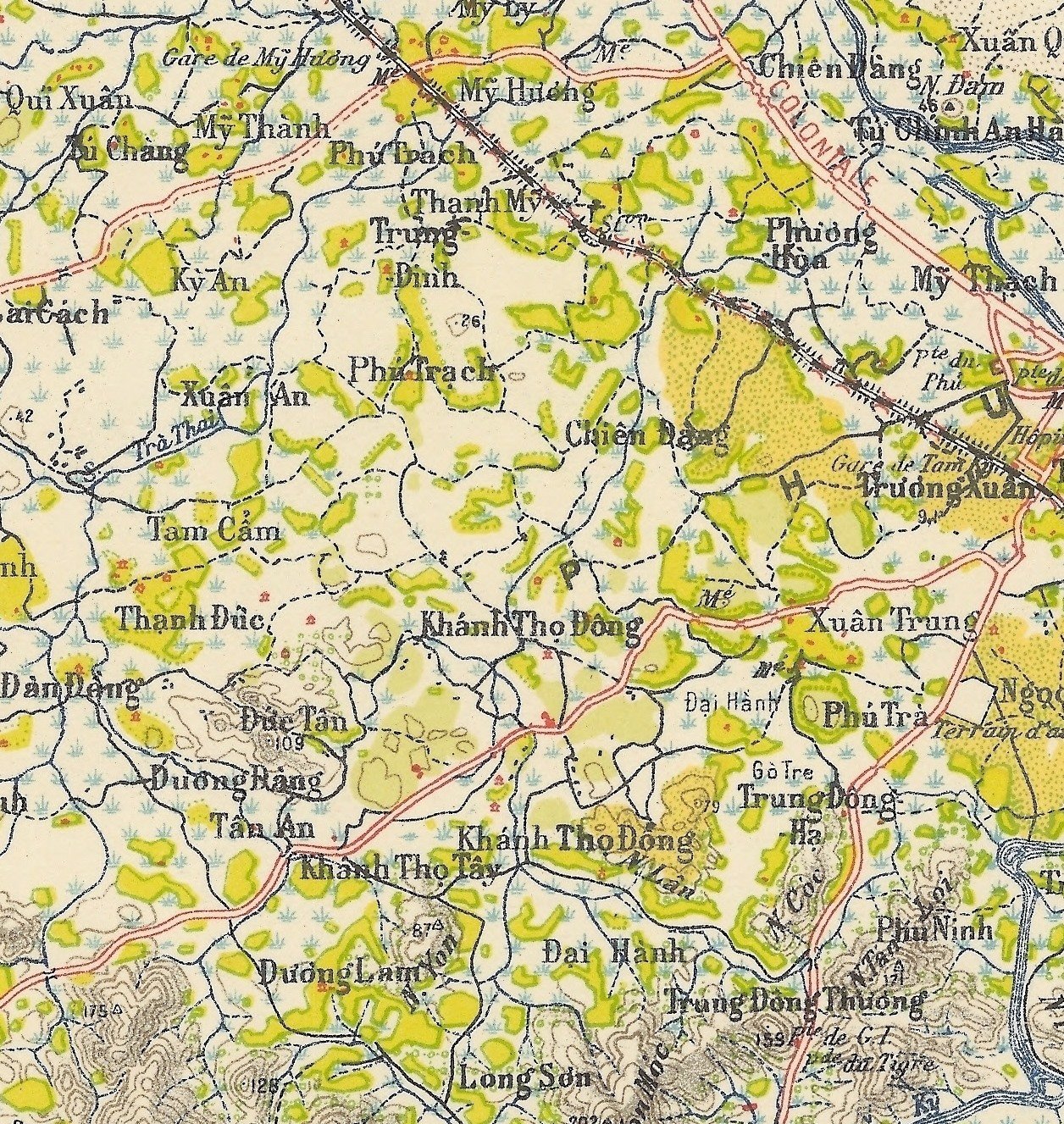
This area used to have some folk songs like “Nhut tho Chien Dan, nhi khoai lang Khanh Tho”, “Che Duc Phu, dau Duc An, khoai lang Khanh Tho”, or “Khanh Tho has a talent, cooking a bowl of rice until the pot is full” (the pot of rice is mainly made of sweet potatoes or cassava - NV), showing that the village was very poor in the past. But beyond the anecdotes about poverty are the vestiges of a cultured village with a long history.
Documents about ancient Khanh Tho
It is not clear yet about the year the village was founded or which clan received the village's tax money. It is only seen in the book "Phu bien tap luc" (1776) that "Khanh Tho market tax is 45 quan".
Comparing the tax revenue of Chien Dan market (48 quan) and Hoi An market (49 quan) at the same time recorded in this book, by the second half of the 18th century, Khanh Tho was already a populous village with quite bustling trading activities.
This is because this locality is located between prosperous villages such as Chien Dan (north), Phu Tra (east), Dai Hanh (south), Duong Dan, Duc Tan (west) and has a fairly large market located on the main trade route of Tam Ky - Tien Phuoc - Tra My. "Khanh Tho market, Ha Dong district" is also recorded in the book "Dai Nam Nhat Thong Chi" of the Nguyen Dynasty (mid-19th century) as a large market in the province.
The book “Dong Khanh Dia Du Chi” (1887 - 1888) stated that Khanh Tho commune had two administrative units, Giap Dong and Giap Tay. In the old Ha Dong district, there were two more commune units divided into two eastern and western borders, namely Tan An Thuong commune (Tien Giang commune) and Xuan Loc commune (Vinh Quy commune).
The connotation of the name of this administrative unit "giap" is unclear; it is only known that in the first half of the 20th century, in the map of Tam Ky prefecture (published in 1939), the French recorded the names of two "communes" Khanh Tho Dong and Khanh Tho Tay instead of the two previous "giap" units.
Stele of Khanh Tho village pagoda
In the past, Khanh Tho had two communal houses (abbreviated) called Tho Dong and Tho Tay, and to this day the traces of the two communal houses still remain. During the Minh Mang period, Khanh Tho commune was not yet divided into two hamlets, because in the stone stele telling the story of the construction of Buu Thuan pagoda (also known as Khanh Tho pagoda) established in the 8th year of Minh Mang (1827) (now located in the grounds of Tran Buu pagoda, Tam Thai commune, Phu Ninh), only the names of the village officials and mandarins were recorded without distinguishing whether they were from this hamlet or the other.
“Bao Thuan Tu Bi Ky” is a stele engraved in January of the year Dinh Hoi - 1807, recording the events related to Bao Thuan Pagoda (also read as Buu Thuan -NV). The opening paragraph states that this pagoda was established a long time ago, after “the wars that changed the stars” (nai kinh binh hoa, vat hoan tinh di) until the Nguyen dynasty established the dynasty, the country was free from war (cung ngo Hoang trieu phuc, thien ha huong binh) on a good day in November of the 5th year of Minh Mang (1824), the fellow Buddhists and officials in the village gathered and contributed wood, money, rice, and labor to restore the pagoda.
The next part of the stele's content lists the names of the village officials (current and former) as well as villagers holding positions in the Nguyen Dynasty army who contributed to the construction of the pagoda.
Through this list of nearly 40 people, we can learn about the administrative positions of Khanh Tho village at the beginning of the Minh Mang period such as Village Chief, Village Chief, Association Chief, Head of the Village, Cai Dinh, Xa Bien, Hamlet Chief, Tu Thua, Cong Van, Cau Dang, and Hamlet Chief.
Through that, we also know about the military titles such as Thanh Hau, Tai Hau, Cai Doi, Doi Truong, Tien Nghia Doi Truong, Ngu Truong. The system of officials in the village and in the army mentioned above shows that Khanh Tho village in the early 19th century was quite a large village.
The stele mourning the mother of the bachelor of Khanh Tho village
The book “Quoc Trieu Huong Khoa Luc” states that Mr. Phan Van Xuong from Khanh Tho village, Ha Dong district passed the bachelor's exam in the year Giap Ngo (1834). That year, Mr. Xuong was only 18 years old.
The official career of this young bachelor was recorded in the book "Dai Nam Thuc Luc" of the National History Institute of the Nguyen Dynasty in many places: In 1842 (26 years old), he was appointed by King Thieu Tri to hold the position of Le Khoa Chuong An Cap Su Trung and concurrently held the position of Ke Hac Ngu Su at the Ton Nhan Palace.
Also in the spring of this year, he accompanied King Thieu Tri's tour group to visit Bac Ha. From the North, upon hearing the news of his mother's death (March 14, 1842), he was allowed to take a "dinh gian" leave (a few months off work to return home to mourn his father or mother).
After burying his mother, young bachelor Phan Van Xuong composed a stele in mourning for his mother and it was reviewed by two great scholars working in Quang Nam at that time, doctors Nguyen Tuong Pho and Nguyen (title) Chuong Phu. This stele carved on stone is still preserved at the Phan clan temple in Khanh Thinh village, Tam Thai commune.
Through the "stone in mourning for mother" by Phan Van Xuong, we can learn specifically about the life of a middle-class family in the old Khanh Tho commune: business, taking care of children's education, advising children to maintain integrity when becoming officials, and even funerals...
Khanh Tho village opera
In Khanh Tho, there are still several tombs of opera artists, including the tombstone of a “ca truong” (head of the opera troupe) in the cemetery behind Tran Buu Pagoda. Khanh Tho used to be a famous opera village (teaching guild) for many generations with opera troupes succeeding each other.
During the Nguyen Dynasty, the Khanh Tho Opera Troupe once had the opportunity to go to Hue to perform at the royal court. The book “Dictionary of Vietnamese Opera Arts” mentioned the compliment of King Tu Duc: “Binh xung tat Quang Nam trung thanh/ Ca vu nai Khanh Tho giao phuong” (Translation: Regarding accent, we must mention the Quang Nam accent/ Regarding singing and dancing, we must mention the Khanh Tho Opera Troupe).
Documents about opera in Khanh Tho often mention the names of famous actors in Khanh Tho at one time such as Mr. Quan Lan, Mr. Thi, Mr. Thuyen, Mr. Tu, Mr. Tien, Mr. Cuu Vi, Mr. Nhung Am... In the early 1940s, there were very famous actors Luy and Hoanh.
Khanh Tho can be called the cradle of the Southern Quang Nam region's opera, because from here, Khanh Tho opera artists have trained many famous opera artists in the areas of Tien Phuoc, Cho Van, Huong Son, Cay Tram, An Tan and have established a performance movement in all the large communal houses in the old Tam Ky region.
A few descendants of Khanh Tho opera artists still maintain the profession: they perform music at ceremonies and funerals; they are actors and actresses in opera troupes; and some have become "general singers" in folk performance festivals or funerals.
Source






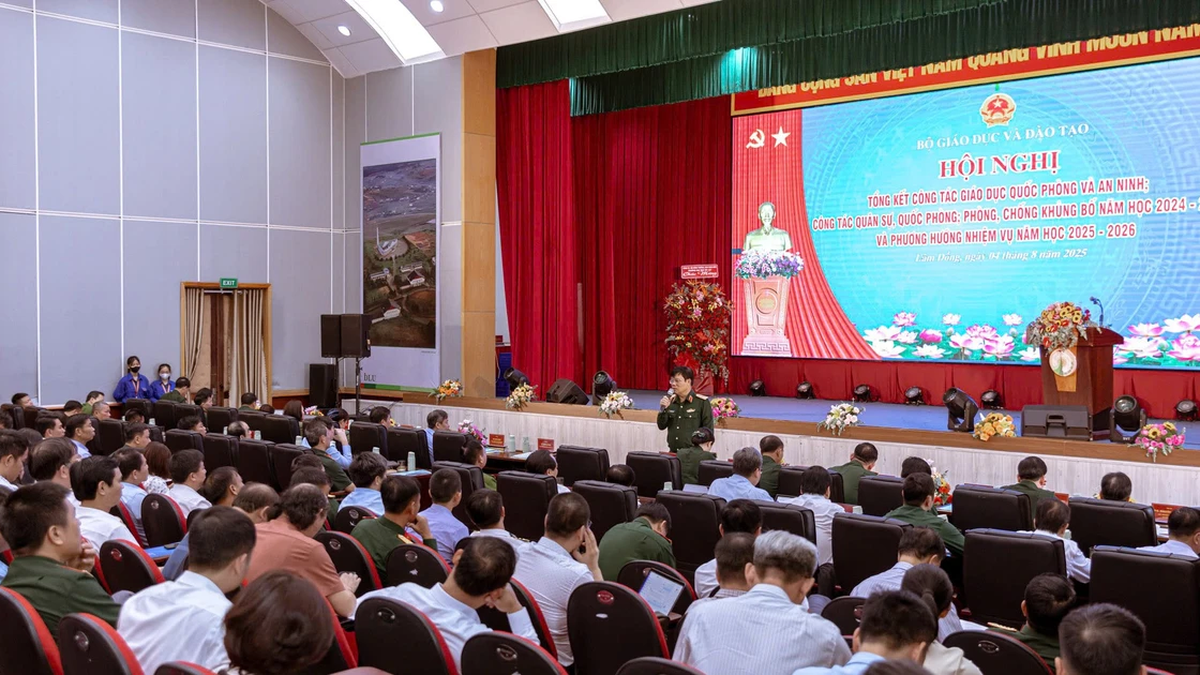
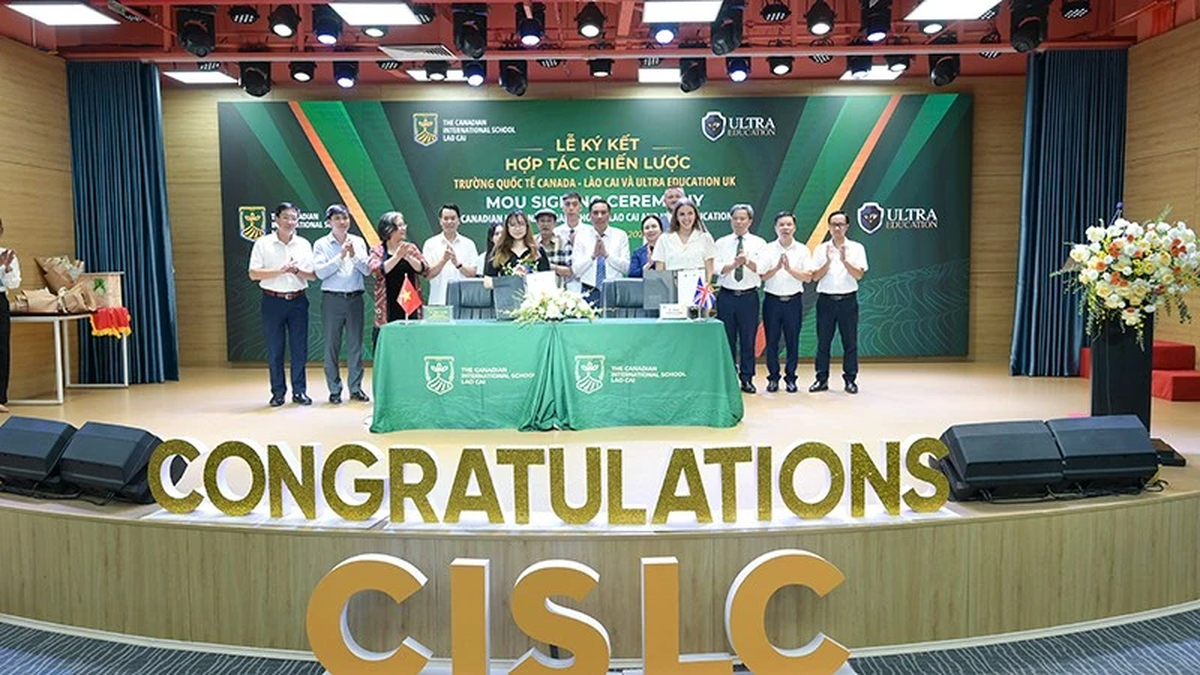



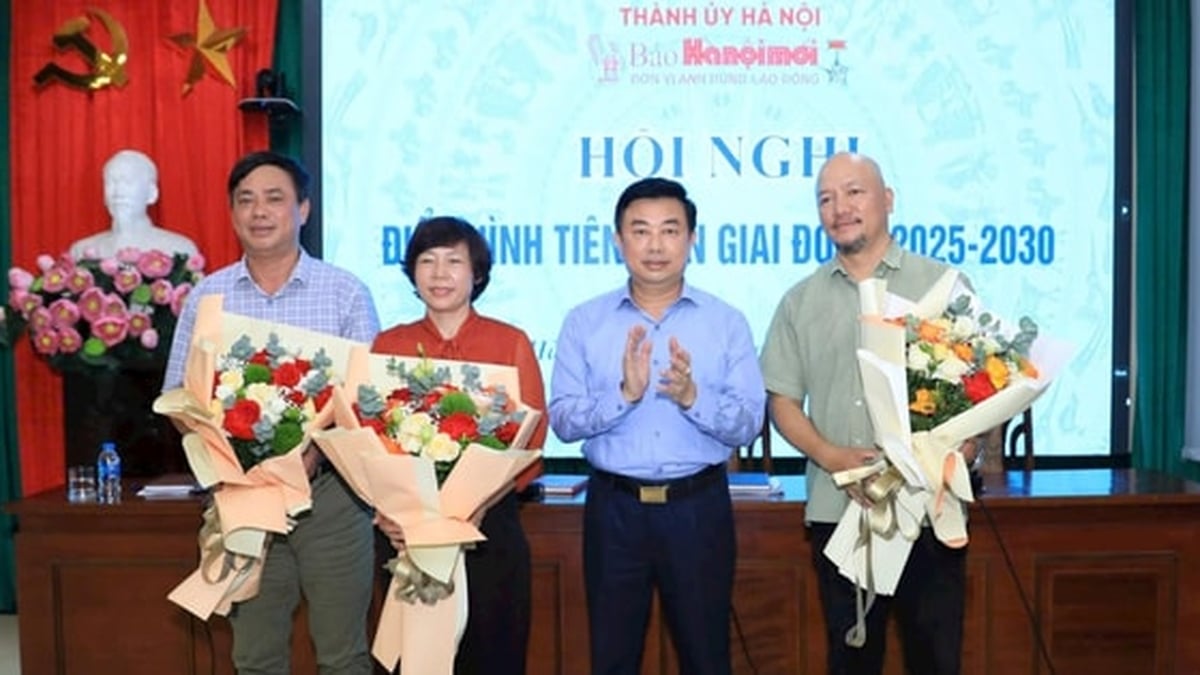




































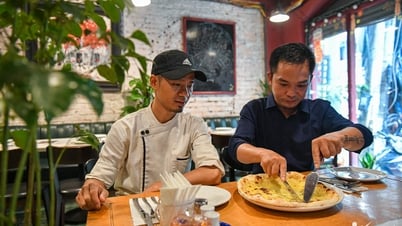






![[Maritime News] Two Evergreen ships in a row: More than 50 containers fell into the sea](https://vphoto.vietnam.vn/thumb/402x226/vietnam/resource/IMAGE/2025/8/4/7c4aab5ced9d4b0e893092ffc2be8327)







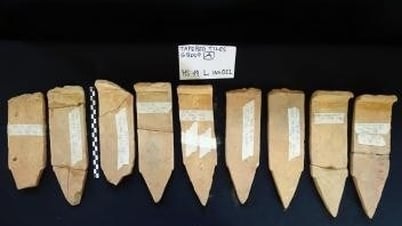


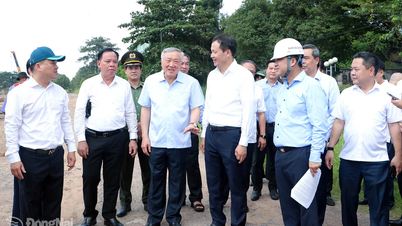




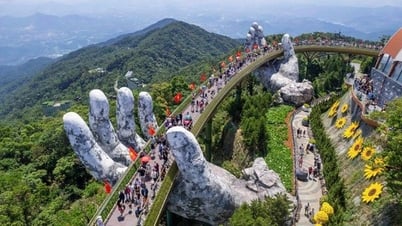


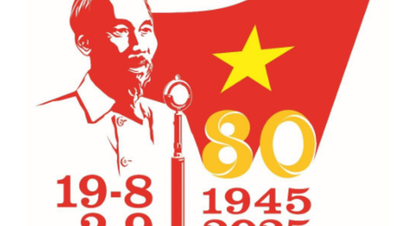
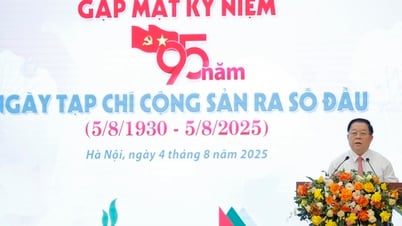

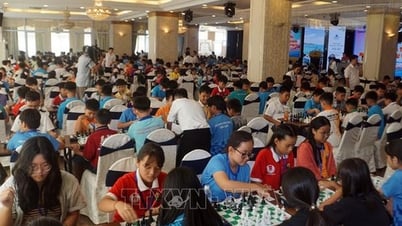




















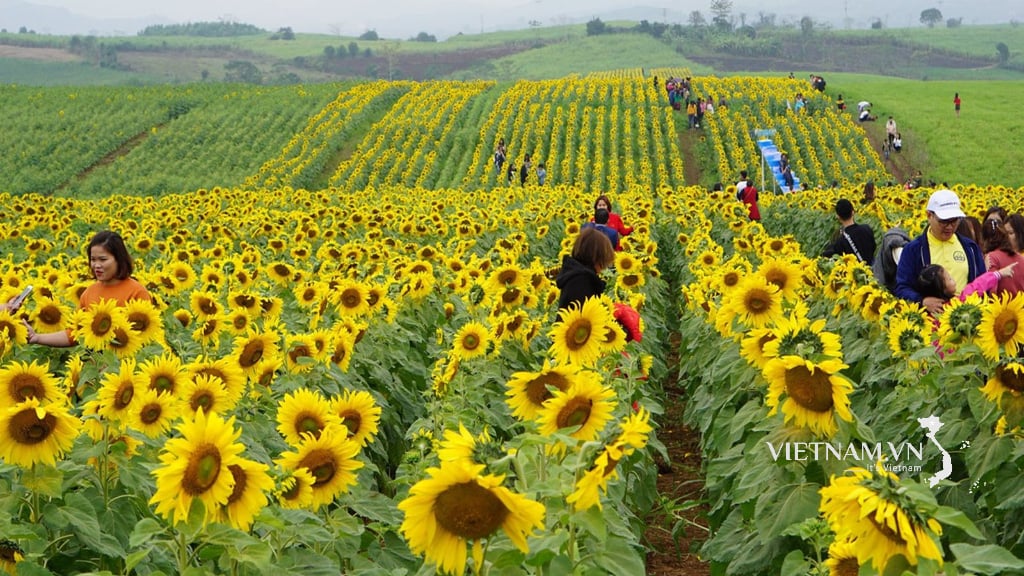
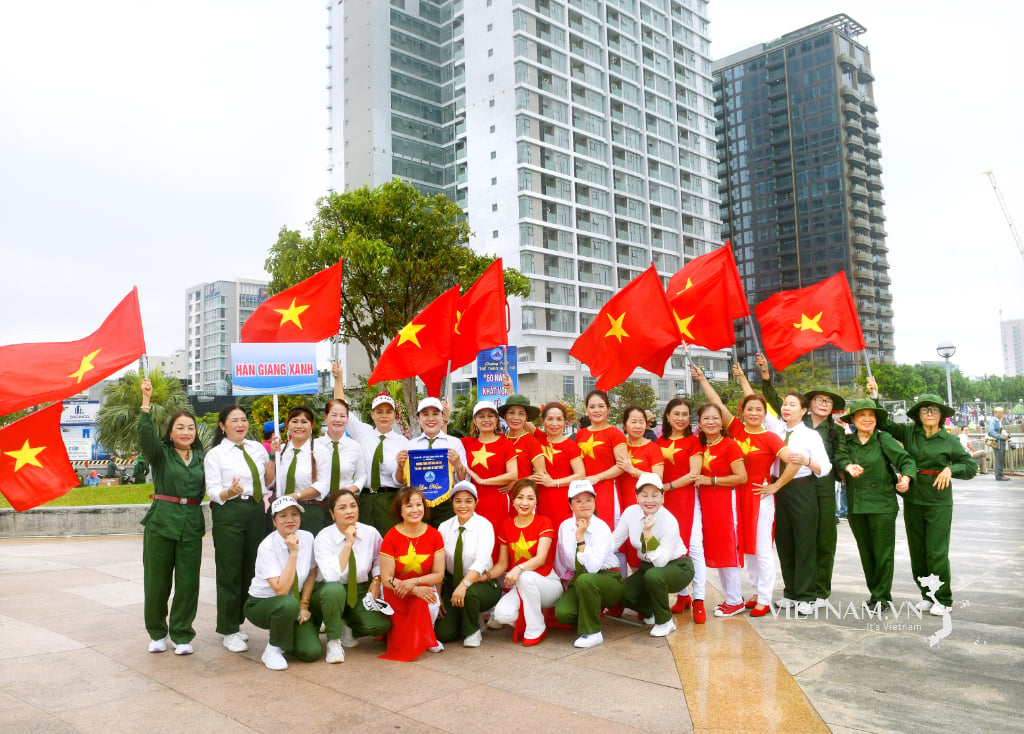
Comment (0)